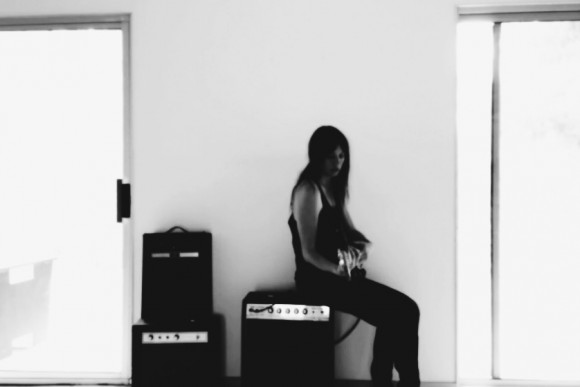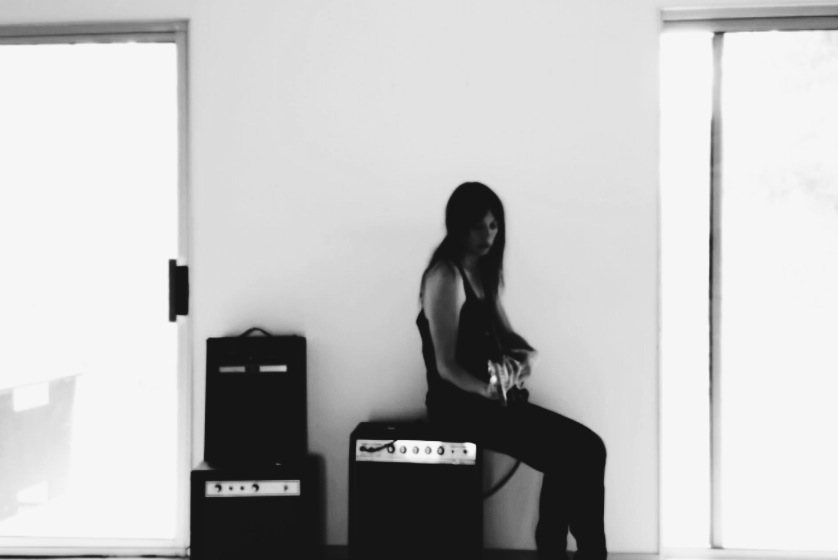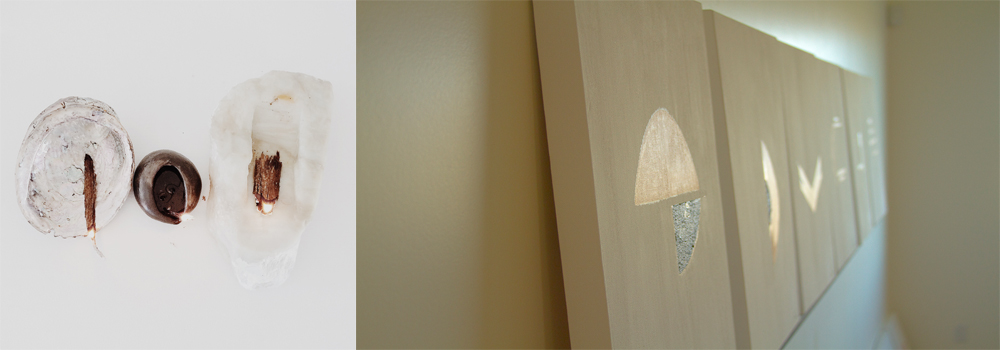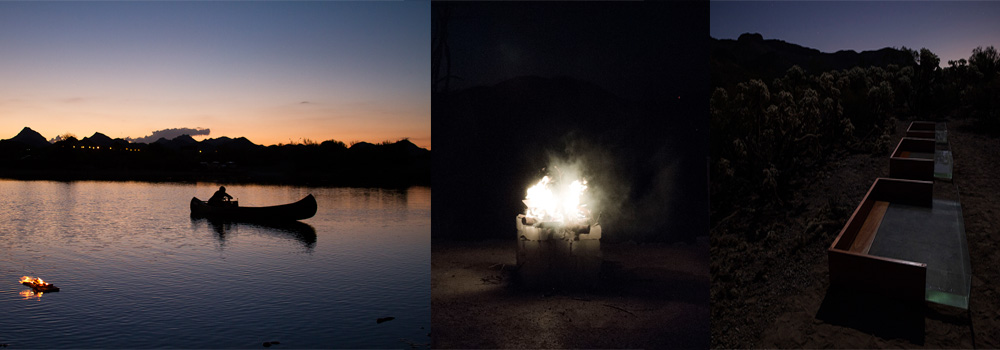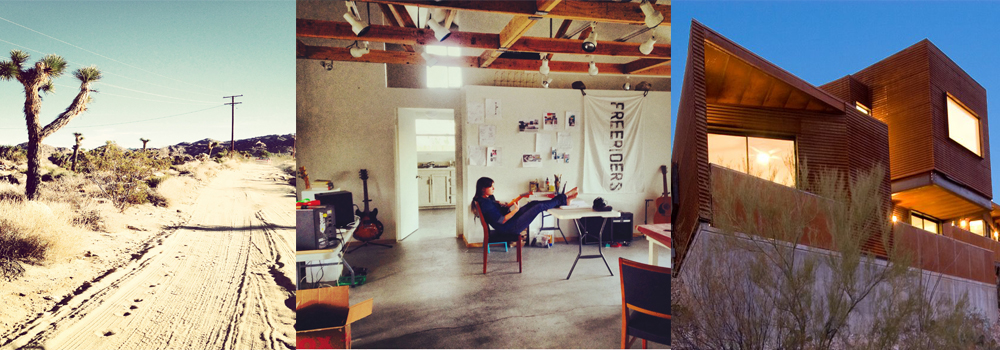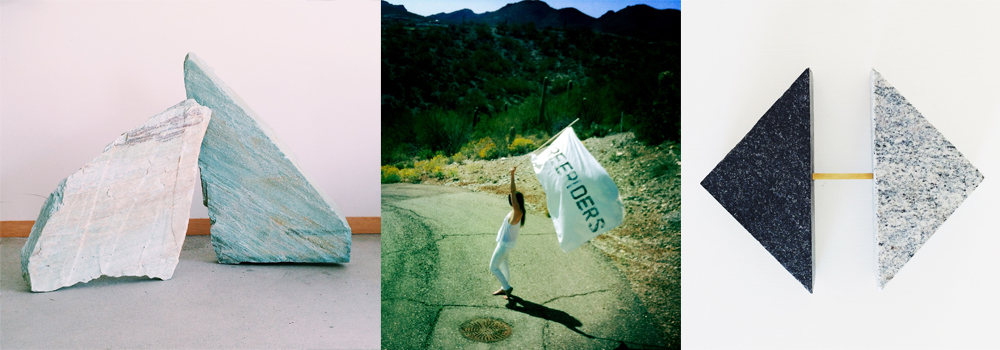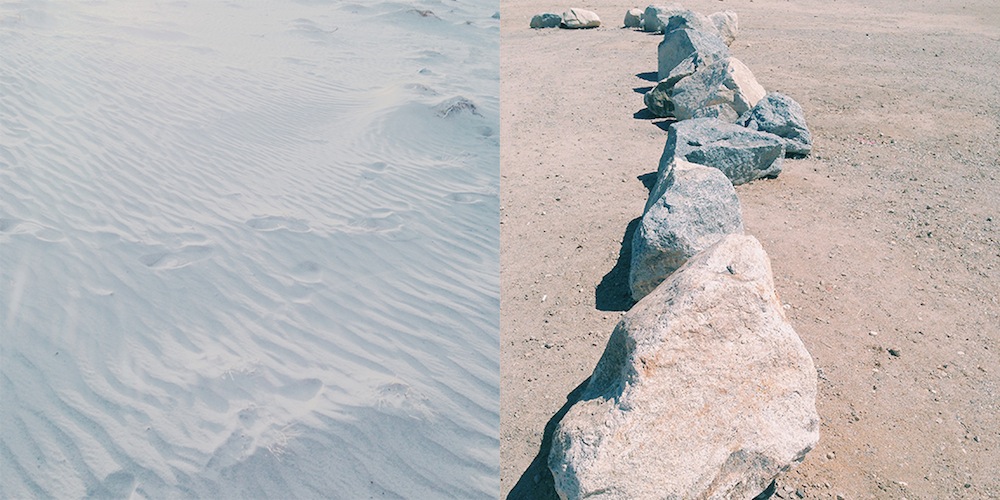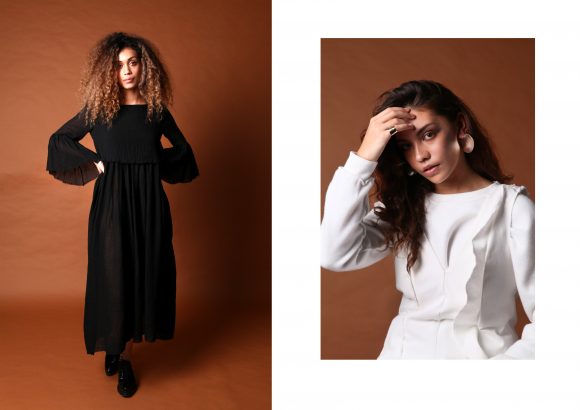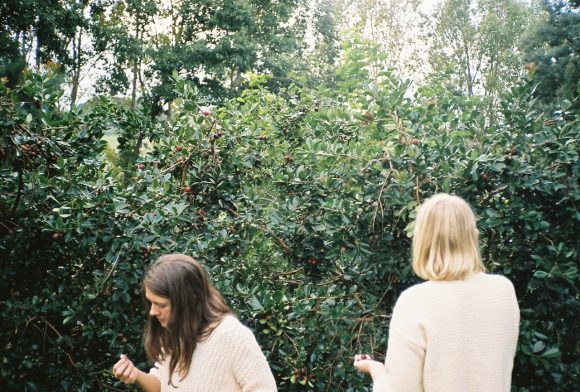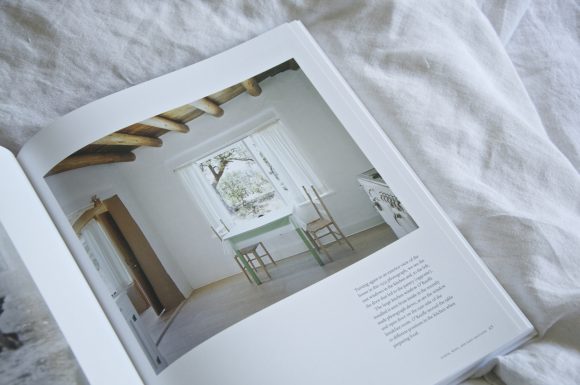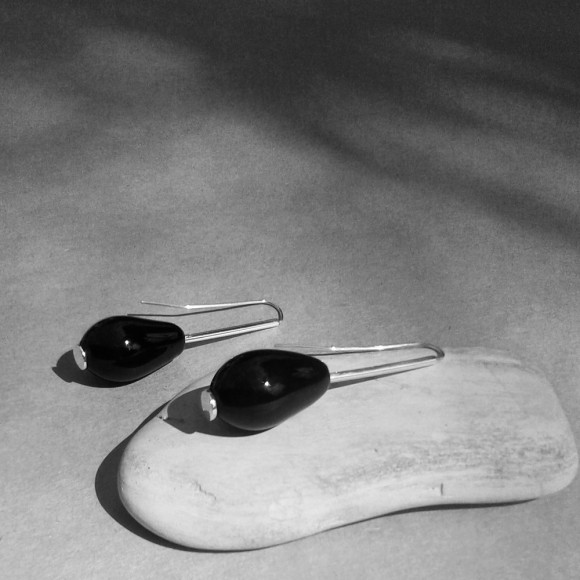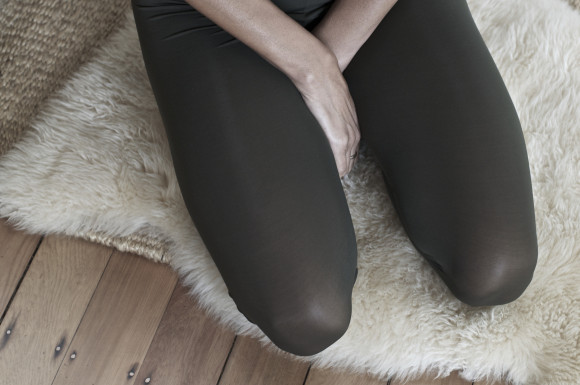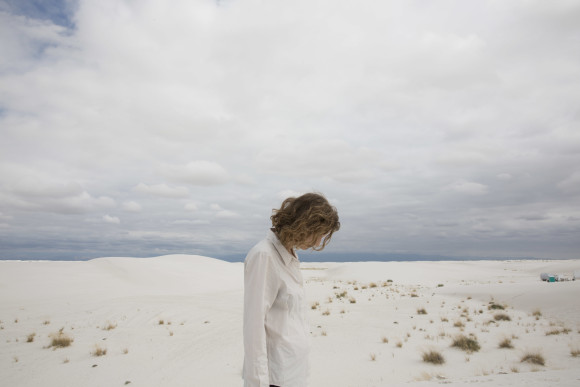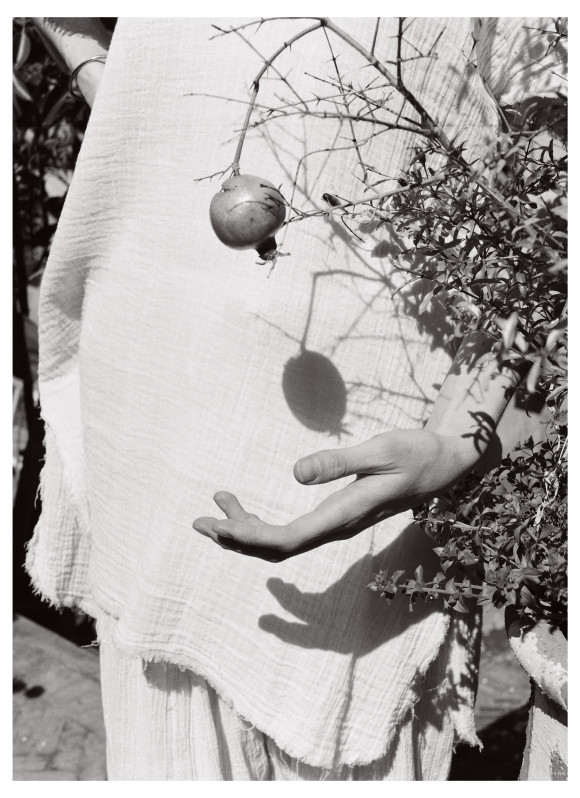Exclusive Interview with Ali Beletic
You can be sure that the girls who choose to live in the desert will definitely have some stories to tell… After stumbling across Ali’s work on instagram, as you do, I immediately resonated with her concepts and knew she was my kinda girl. Choosing to live and produce her work in a very cool little studio in the desert, she spends her free time riding bikes through the surrounding sandy landscapes visiting friends, making new ones, and soaking in the local nature.
(Count me in on all of the above.)
So naturally, I tracked down her details to ask her a few questions. Reading through her answers today I am even more convinced that Ali Beletic has not only has great stories to tell, she also has stories which we can learn from – about our history and values, and in turn, maybe even learn about ourselves…
Creator of textural earthen works, lover of soulful music, and a personal advocate for the consumption of desert-harvested cactus fruits, Ali Beletic is a true nature’s child…
————————————————————
– I love your art works. Can you please talk about the kinds of materials you use and why you choose to work with these?
Thank you very much. A good deal of my work these days has to do with the rich history that humanity has in its past. I am constantly trying to create a space / experience where the modern art-goer can be reminded of their own ancestral history – most importantly on a visceral level. Usually, I choose elements that I believe are evocative to our physiological makeup. For example, fire will insight feelings, emotions and experiences in a person on many levels. It has been one of our primary technologies as a means for our survival, it has a natural beauty, and a symbolic place in our psychology.
At my last show, I did a piece about primitive fire – creating oil lamps in the same way our ancestors did – for those I chose materials based on what our ancestors used to create light for ourselves at night. One of those is made from clay I hand dug and pit-fired, one is carved out of soapstone, and I harvested an abalone shell for the third. Then I made wicks out of barks that I could find nearby – Eucalyptus and Yucca.
All my paintings I make from crushed minerals and stones. Again this process is relating to our ancestral origins in art. I think there are many very intelligent ideas in our ancestral history – and sometimes that intelligence is very multi-faceted. I paint Jungian-esque symbols. My most recent series is painted using malachite, but I also use ochers, coals, lapis, dioptase, azurite and many other minerals found around the world. I love painting with minerals – each is so unique and has a history. I have developed a very specific style where the minerals reflect light when viewed from the side.
Ochres are among the earliest pigments used by mankind. They were also used as medicine, and body decoration among the Egyptians and the Chumash. Aboriginal Australians used them in cave painting, bark painting, and in the preservation of animal skins. The Maori mixed them with fish oil to color the large waka taua – war canoe. Azurite, on the other hand has been associated since antiquity with the deep blue color of low humidity desert and winter skies. It’s deep and rich pigment will age and change with time – making it a demarcation and passage of time, light and temperature.
– Tell us about your most recent work and the concepts around it.
I am currently working on some new works that I am hoping to reveal next year. My working title for them is called Environments. They are immersive sensual experiences. Some of them take place over an entire landscape, where people can go out and wander among. These are an extension of my body of work that I call Earth Art Ceremonies. The last of those works, I built 3 large Mahogany and Glass pools and installed them in the Sonoran. A group of friends and I hiked them in about a quarter mile. Then I filled them with water and invited the art community there to come out. I then hid drummers throughout the desert – but no one knew the drummers were there. At dusk the we had the drummers call back and forth from different locations in the desert.
There are many ideas behind that work, but one of the primary ones came about while recording a drum group in Ghana in 2008. Kweku, the bandleader, and I talked about Ghanaian history – pre-Ghana. He told me about how when you wanted to enter a village, you would send communication via drum. And the drummers from the village would drum back. This was how they communicated. We have all heard stories about fire communication and other examples of ancient long distance communication. So I wanted to include this in my ceremony – to see what it would insight in modern people. To me, this has a beauty to it. But also, I believe this helps us get in touch with who we are, some of our deep strengths and qualities that relate us all as humans.
WildFire #2 – Earth Art Ceremony where I floated many small fires onto a lake in AZ.
WildFire #3 – Earth Art Ceremony where I built a Fire on top of a cube of ice.
Pray for Rain – Sculptural Work and Earth Art Ceremony installed in the Sonoran Desert.
– I am a little envious of your working space! Tell us about it and how it feeds your spirit and creativity.
Oh, Thank you!! No matter where I am working – my working space is always so important to me. I believe it should be this way for all artists – and I would go as far as saying that for all people!! I think having your own room, with your own four walls, gives your self the space to explore your own ideas. I have always invested in that.
My last studio was out in Arizona. My boyfriend and I decided to move out to the mountains west of Tucson to work on several projects. I got to know the Sonoran desert there and recorded a record. Having a place perched on the edge of wilderness was so extremely special and informed my work more than I can express. It was an amazing modern house, built by builder Todd Wilson. The house was partially built on stilts as to not disturb the desert. There was a bobcat that lived underneath the house, we had javelina and deer browsing constantly, and a raccoon came for a residency on our porch.
Currently, I am working out of a residency space called the Joshua Tree Highlandʼs Art Residency. The owners of the place Fred Fulmer and Jim Berg are very inspired people. They have created several art spaces around Joshua Tree and founded a gallery out here.
– The desert. I can tell you have a great bond with this landscape. Can you talk about this?
Wow! How astute. Actually, it was a bit unexpected. I began taking a more serious study of nature after leaving NYC to live on a 50 acre horse ranch in central PA. There, I started studying wildlife and tracking as a means to get in touch with a natural side of self and to uncover a sense of freedom that comes with being able to truly take care of yourself in the wild. I have since lived in many beautiful places and come to love those ecologies as well.
When I decided to take 2 years and move to the Sonoran desert, I was at a very specific point in my naturalist studies. Every day there, I would hike into trackless wilderness and hang out for an hour – to observe the wildlife, the changing landscape, the weather patterns, etc. I took on a new experience there. I got to know and love that landscape so deeply. There was a dove that sat next to me every day, and deer, coyotes, javelina, a fox, snakes, you name it, would wander through daily. Even a mountain lion lived there that I got the good fortune to see once. When you look at things deeply, there is always so much more. I learned so much about the land there. I formed a strong emotional connection. I remember having a sensation that I might move away from the home I was living in and not fully be able to return, but that I could always come back and it would be a sort of home, a place I was welcome. That feeling, in my opinion, is the basis of our humanity.
– You also create music in collaboration with friends and musicians, can you tell us about this side of your creative repertoire?
I am an extremely emotional person. For me, music is the most emotional of all art forms. It’s so direct. I recorded my first full length record in AZ. It is titled Legends of These Lands Left to Live. I wrote these songs during that time living in the Sonoran. It’s a pretty emotional record. I play electric guitar and sing on it. Luckily, musical genius and guitar wizard Seth Olinsky of Cy Dune / Akron Family helped me produce it and plays some guitar and drums on the record. It comes out in the fall on a new label called Lightning Records, which is a label based on the idea of the transcendent power of rock n roll – not specifically the genre – but the spirit. I have a song on my record, Rugged Ancestry, talking about how rock n roll is an ancient human emotion. I think we all have a wild spirit side and that is a really valuable human trait. Something I hold dear to my heart.
This is a rough mix of my song Rugged Ancestry from my upcoming record Legends of These Lands Left to Live coming out on Lightning Records this fall. I paired it with some minimal footage of the sun setting from one of my desert installations – shot by Jay Ritchie. I wanted to include this song, because I felt like it lyrically speaks to a lot of the different ideas we talked about in this interview.
RUGGEDANCESTRY from ali on Vimeo.
– Do you have any daily routines?
Yes!! So many I can never fit them all in!! I told you about going into nature for about an hour a day. I practice guitar every day. I will jump on a workout any time I can. That itself is always changing.. running, swimming, surfing, weight training, plyometrics, etc. I also generally do about 20 minutes of field guide reading. In terms of art – I actually work much better hyperfocusing. So, usually, I will take a month and do songwriting, and then another month to do some stone work, and then another month building a sculpture. And on a good day, I will always give myself about 20 minutes to draw and dream up some new ideas.
– What music do you love listening to?
Haha! This will be funny! Alice Coltrane, Jimi Hendrix, The Rolling Stones, Roberta Flack, Lightnin’ Hopkins, Sonny Sharrock, the Stooges, Creedence Clearwater, Ray Charles, Beach Boys, Beatles, Amina Alouai, Mary Travers, Howlin’ Wolf, Townes Van Zandt, Bob Dylan, Skip James, Akon, Emmy Lou Harris, Leadbelly, Johnny Cash, Rokia Traore, Blind Willie Mctell, Sly and the Family Stone, Marilyn Barbarin, Otis Redding, Gal Costa, Sally Nyolo, Sandy Bull, Francoise Hardy, Ali Farka Toure, I am the walrus — this list could go on forever..
– Who or what is inspiring you at the moment?
I am very inspired by the many travels and research I have done in my life. I used to own a centuryʼs worth of national geographic. The wide range of human expression, ceremony, and ways of understanding life and itʼs many facets is awe-inspiring to me. I once traveled for three months motorbiking around India and train-hopping with dear friend and filmmaker Gina Abatemarco. We would find ourselves in the middle of nowhere, in a small village, where people were living in mud houses with very little modern convenience. I remember one time all the village kids surrounding us and taking us on a hike down to this field. They led us underneath a flowering tree. A few of the children climbed into the tree and shook it over our heads. We all danced together as the tree rained blossoms over us. It was exquisitely beautiful. And here we were the lucky recipients – of some sort of innocent genius – where these children knew how to insight joy, by sharing their beautiful pasttime beyond language, age, cultural barriers and celebrating life at itʼs very best.
As far as contemporary artists that I am inspired by, I found Cai Guo-Qiang over at the LA MOCA and have been interminably impressed. I feel a kinship with some of his more experiential work. He seems to have a connection to primitive elements and ancestral ideas. And I also admire his sense of beauty.
Also, the recent Turrell retrospective at LACMA was very exciting. I responded how the experience of his conceptual ideas was more vast and sensual than cerebral. Every person walking into that show was able to respond to the work on a very visceral level – no matter their knowledge of his work or art history. It seems he is working beyond the boundaries of art.
– What are you reading?
I am always reading Carl Jung – that man is a genius.
I am currently re-reading The Great Shark Hunt by Hunter S. Thompson – a collection of his unpublished articles. I love him.
– Do you cook? What meal would you make if you had friends coming over?
Ha! I am a horrible cook. If you came over, you wouldnʼt want to eat anything I made – I promise! I am way too experimental. That said, I love gardening and harvesting wild edibles. So I would probably try to serve some exotic Ocotillo tea and some desert harvested cactus fruits – most of them are edible – but only plants I could vouch for, I promise.
– Tell us about what is coming up for you the rest of this year?
At the forefront of my year is releasing my record Legends of These Lands Left to Live and doing some non-traditional touring. I am writing and recording two new records as well.
I will also be working on developing the Environments I was speaking of. There are two particular ones that will be released end of this year and early next year. One that takes place in a crater called Lunar Desert and another that takes place over a small mountain called Torch to Neighboring Torch.
I am always producing what I call my Studio Works which are smaller more sculptural pieces that are generally working with more abstract ideas.
See more from Ali Beletic [here].

